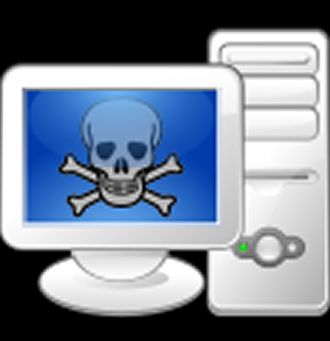 Security experts have poured cold water on CBS hackettes Sharyl Attkisson’s claim that she was being hacked by the government,
Security experts have poured cold water on CBS hackettes Sharyl Attkisson’s claim that she was being hacked by the government,
In her new book Stonewalled, Attkisson claims that both her personal Apple laptop and a CBS News-issued Toshiba laptop were hacked in late 2012 while she was reporting on the Benghazi terrorist attacks.
In June 2013, CBS News confirmed that the CBS News computer was breached, using what the network said were “sophisticated” methods and unnamed sources confirmed for Attkisson that an unnamed government agency was behind the attack.
However Attkisson released a video she took with her mobile of one apparent hack of her personal Apple laptop. The video shows words typed into a Microsoft Word document rapidly disappearing. During the video, Attkisson’s voice can be heard saying she’s “not touching it.”
Computer security experts who reviewed the video have told Media Matters that Attkisson’s computer had a broken backspace key.
Matthew Brothers-McGrew, a senior specialist at Interhack was quoted as saying sometimes computers “malfunction, a key can get stuck, sometimes dirt can get under a keyboard and a key will inadvertently be held down.”
Brad Moore, also a senior specialist at Interhack said that based on what he saw and was able replicate, there were multiple explanations for this sort of action and a stuck backcase key was the easiest.
Peter Theobald, computer forensics investigator with TC Forensics said that if a hacker tried to infiltrate her laptop and delete her files there would be better ways to do it and it it wouldn’t be so obvious to her.












